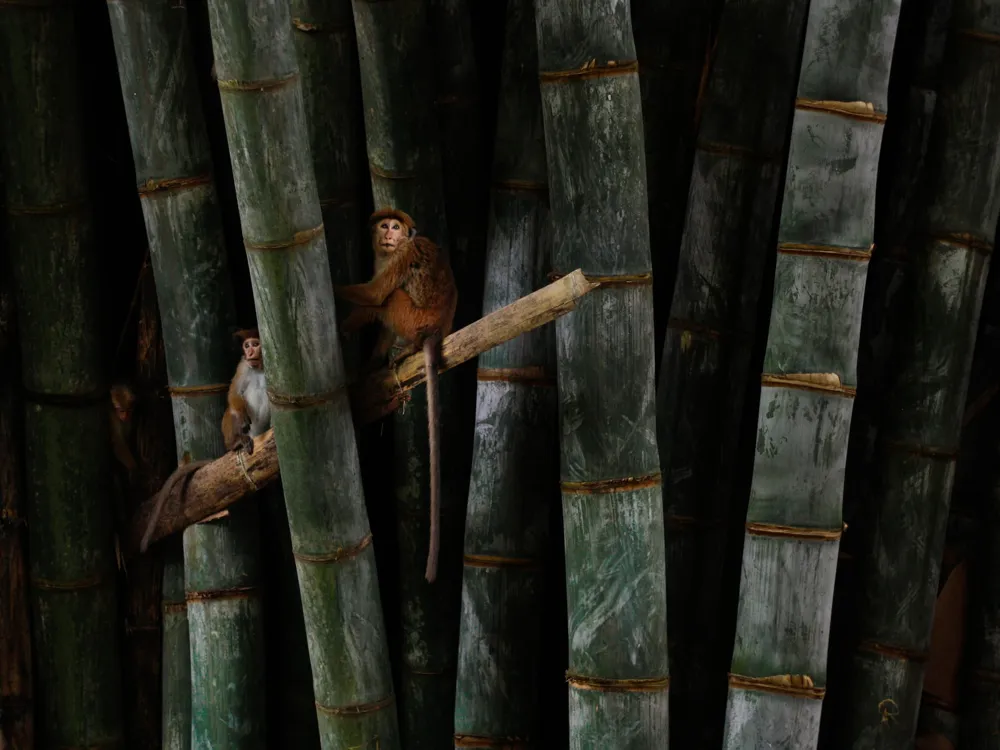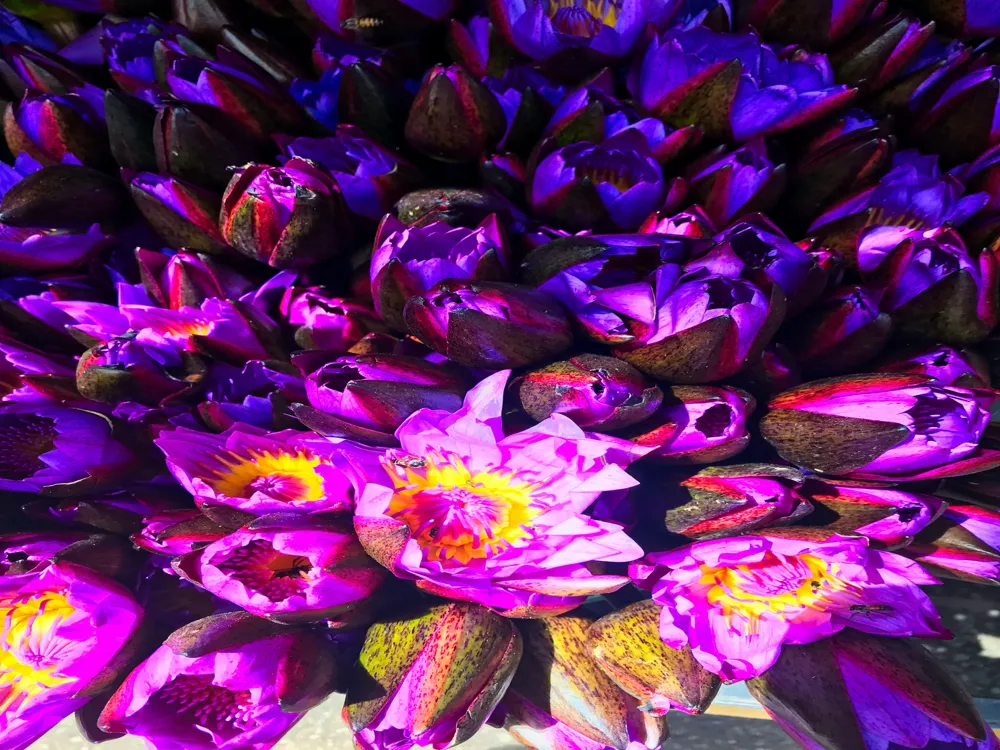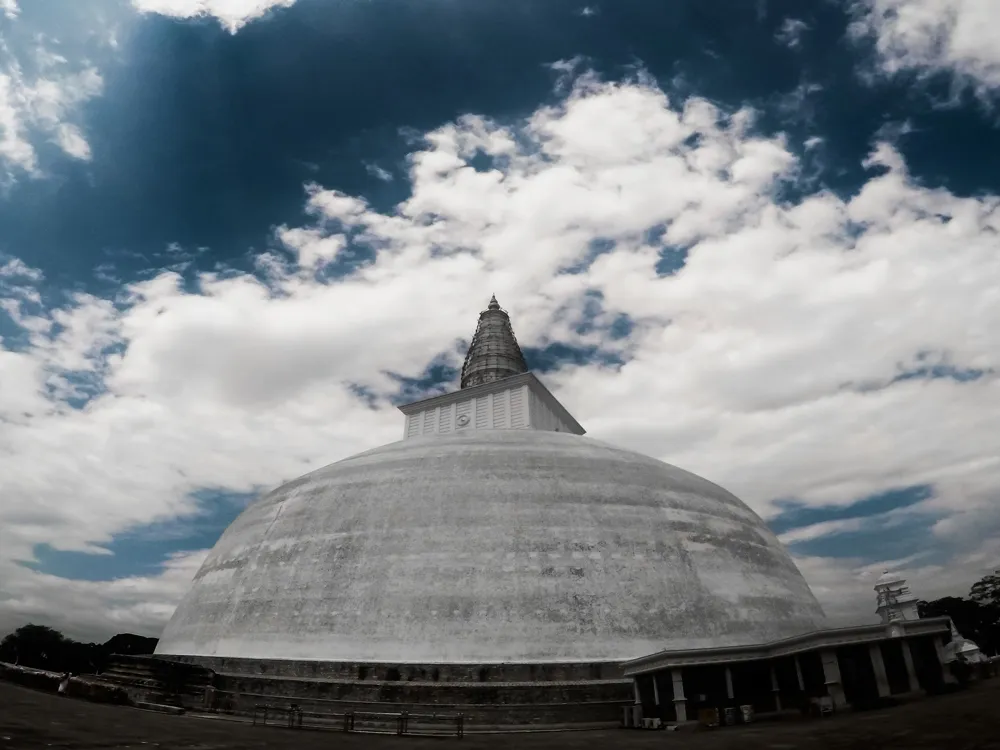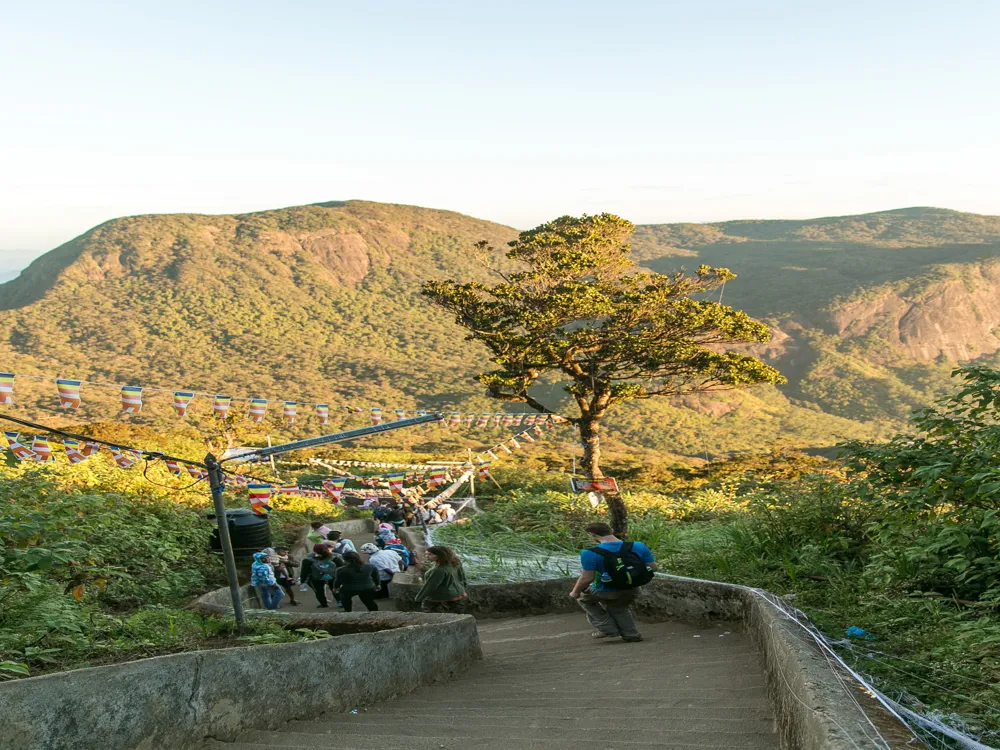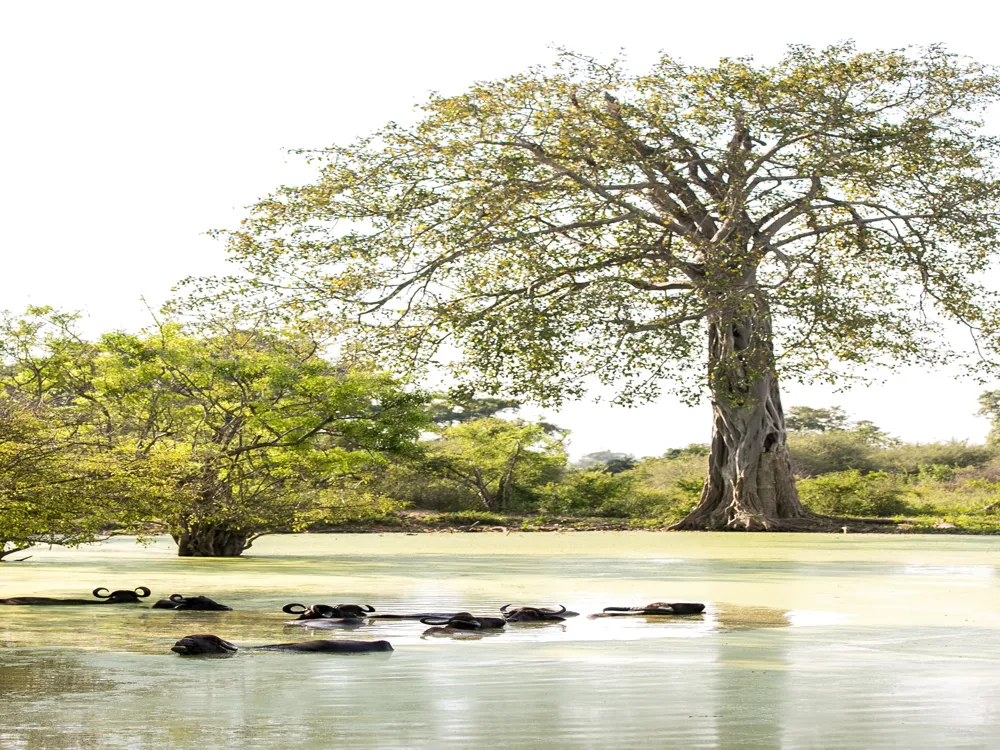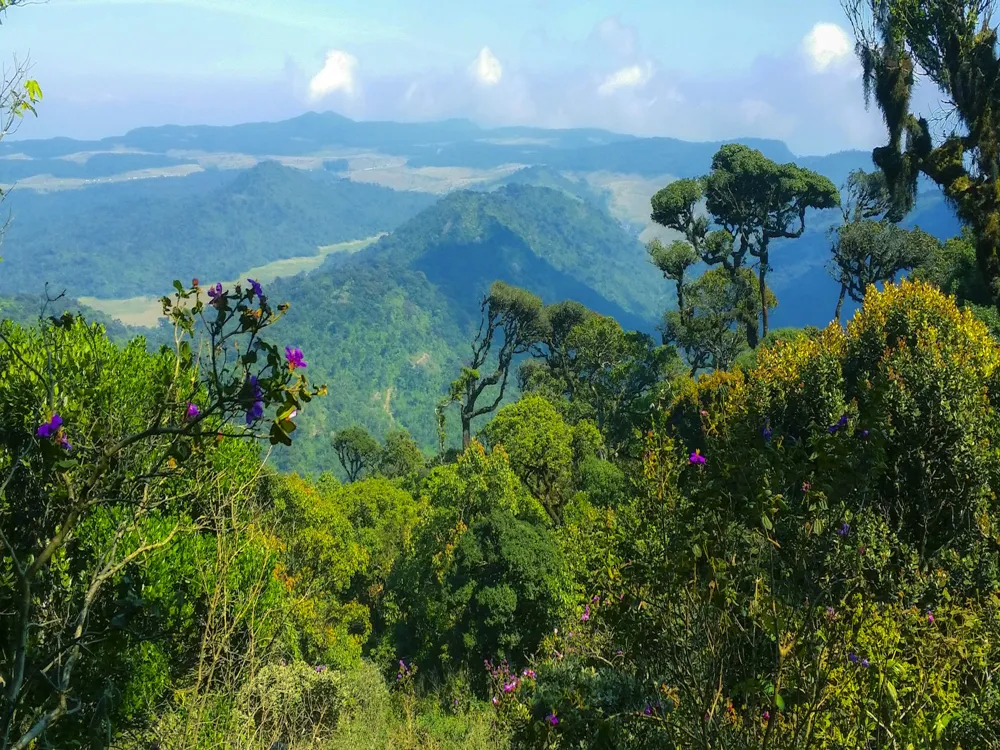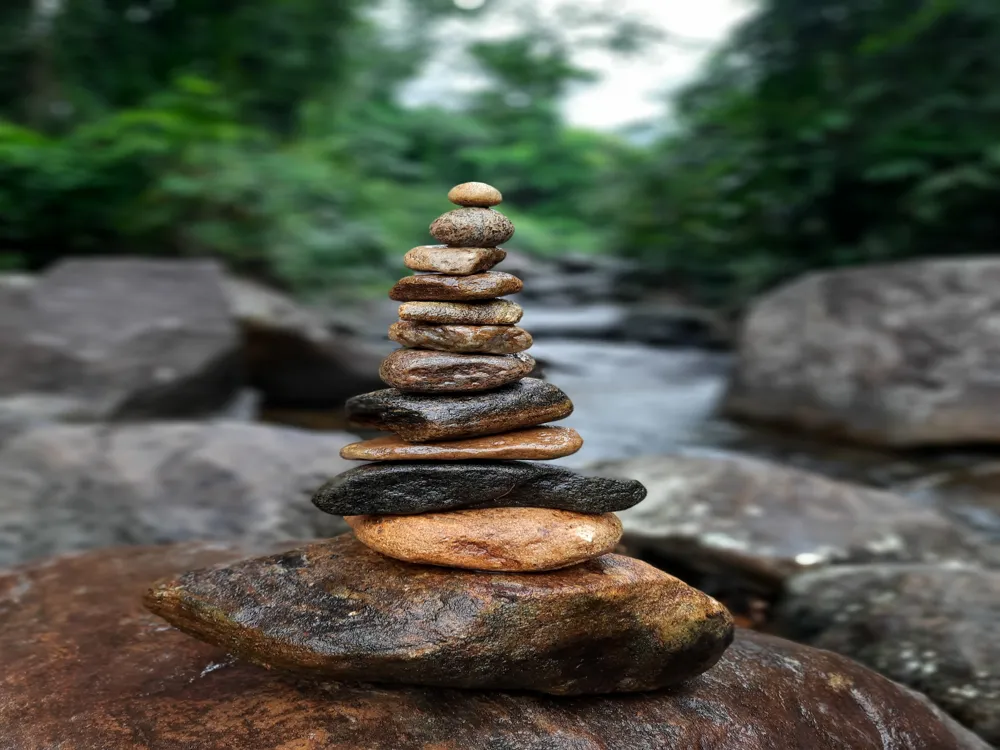Galboda Falls, a hidden gem nestled in the verdant landscapes of Kandy, Sri Lanka, is a breathtaking waterfall that attracts nature enthusiasts and adventure seekers alike. This spectacular natural wonder is not just a feast for the eyes but also a testament to the serene beauty of Sri Lanka's hill country. Spanning over a height of approximately 30 meters, Galboda Falls cascades down with a grace and power that captivates its visitors. The journey to Galboda Falls is as enchanting as the destination itself. Winding through lush green forests and tea plantations, the path to the falls offers a glimpse into the rich biodiversity of the region. The area surrounding the falls is home to a diverse range of flora and fauna, including exotic bird species, making it a paradise for bird watchers and nature lovers. The unique aspect of Galboda Falls lies in its year-round magnificence. Unlike many waterfalls that are seasonal, Galboda Falls maintains its splendor throughout the year, thanks to the consistent water flow from the surrounding hills. This perennial feature makes it an ideal destination for travelers at any time of the year. The natural pool formed at the base of the waterfall provides a refreshing spot for visitors to take a dip and enjoy the cool, crystal-clear waters. The soothing sound of the cascading water, coupled with the tranquil ambiance of the surrounding forest, offers a perfect escape from the hustle and bustle of everyday life. Galboda Falls is not just a scenic spot but also a place of great cultural significance. The local communities revere the waterfall and have numerous folklore and legends associated with it. This cultural aspect adds an enriching layer to the experience of visiting Galboda Falls. To fully appreciate the beauty and significance of Galboda Falls, it is essential to immerse oneself in its natural and cultural context. The falls represent not just a natural attraction but a symbol of the harmonious relationship between nature and culture in Sri Lanka. The term 'architecture' when applied to natural formations like Galboda Falls refers to the unique geological and hydrological features that give the waterfall its distinctive character. The architecture of Galboda Falls is a stunning display of nature's artistry, shaped by centuries of geological processes. The waterfall's structure is characterized by a series of cascading drops, each contributing to the overall majesty of the falls. The primary drop, where the water plunges over a rocky ledge, is the most striking feature. This part of the waterfall creates a dramatic curtain of water that is both powerful and elegant. The rock formations surrounding Galboda Falls are predominantly composed of ancient, weathered stones, which have been sculpted over time by the erosive force of the water. These rocks not only contribute to the aesthetic appeal of the falls but also play a crucial role in its ecology, providing habitats for various aquatic and terrestrial species. The hydrology of Galboda Falls is another vital aspect of its architecture. The waterfall is fed by streams that originate in the higher elevations of the surrounding hills. The consistent flow of these streams is what sustains the falls throughout the year, a rarity among waterfalls which are often seasonal. The vegetation around Galboda Falls is lush and diverse, adding to the picturesque quality of the landscape. The forest canopy provides a natural backdrop to the falls, framing it in shades of green and enhancing its natural beauty. This interplay of water, rock, and vegetation is what makes the architecture of Galboda Falls so remarkable. Understanding the architecture of Galboda Falls is key to appreciating its beauty and significance. It is a testament to the power and creativity of nature, and a reminder of the delicate balance that exists within our natural world. While Galboda Falls is a year-round destination, the best time to visit is during the monsoon season when the waterfall is at its fullest and most spectacular. However, visitors should be cautious of heavy rainfall and slippery paths during this period. Visitors should always adhere to safety guidelines, especially when exploring near the water. It's advisable to wear sturdy shoes, avoid slippery rocks, and stay within designated viewing areas to ensure a safe experience. Galboda Falls is a pristine natural environment. Visitors are encouraged to respect the local ecology by not littering, staying on marked trails, and not disturbing the wildlife. As the falls hold cultural significance for local communities, visitors should be respectful of any cultural practices or beliefs associated with the site and adhere to local customs and traditions. Galboda Falls is accessible via a scenic journey from Kandy. Visitors can opt for public transportation, such as buses or trains, which offer a picturesque route through the hill country. For those preferring more comfort and flexibility, hiring a taxi or a private vehicle is a suitable option. The final leg of the journey involves a short trek through a forested path, immersing visitors in the natural beauty of the area before reaching the waterfall. Read More:Overview of Galboda Falls in Kandy
Architecture of Galboda Falls
Tips When Visiting Galboda Falls
Best Time to Visit
Safety Precautions
Respecting the Environment
Cultural Sensitivity
How To Reach Galboda Falls
Galboda Falls
Kandy
₹ 13,368 onwards
View kandy Packages
Weather :
Tags : Waterfall
Entry Fee: : NA
Timings: : NA
Activities: : Hiking, Trekking
Planning a Trip? Ask Your Question
Kandy Travel Packages
View All Packages For Kandy
Top Hotel Collections for Kandy

Private Pool

Luxury Hotels

5-Star Hotels

Pet Friendly
Top Hotels Near Kandy
Other Top Ranking Places In Kandy
View All Places To Visit In kandy
View kandy Packages
Weather :
Tags : Waterfall
Entry Fee: : NA
Timings: : NA
Activities: : Hiking, Trekking
Planning a Trip? Ask Your Question
Kandy Travel Packages
View All Packages For Kandy
Top Hotel Collections for Kandy

Private Pool

Luxury Hotels

5-Star Hotels

Pet Friendly








